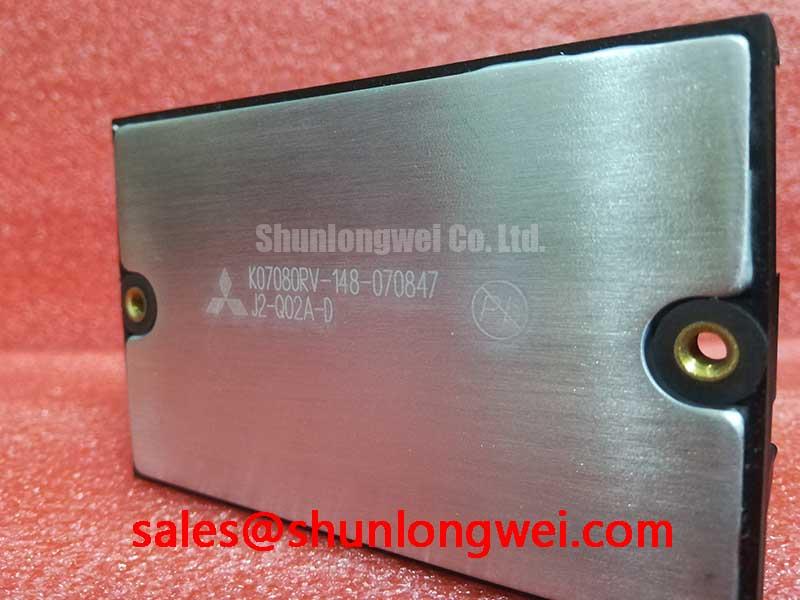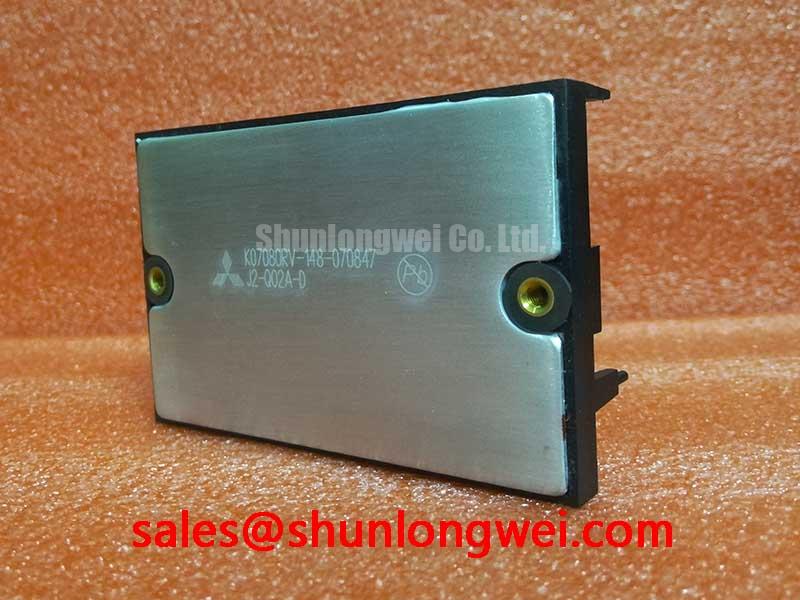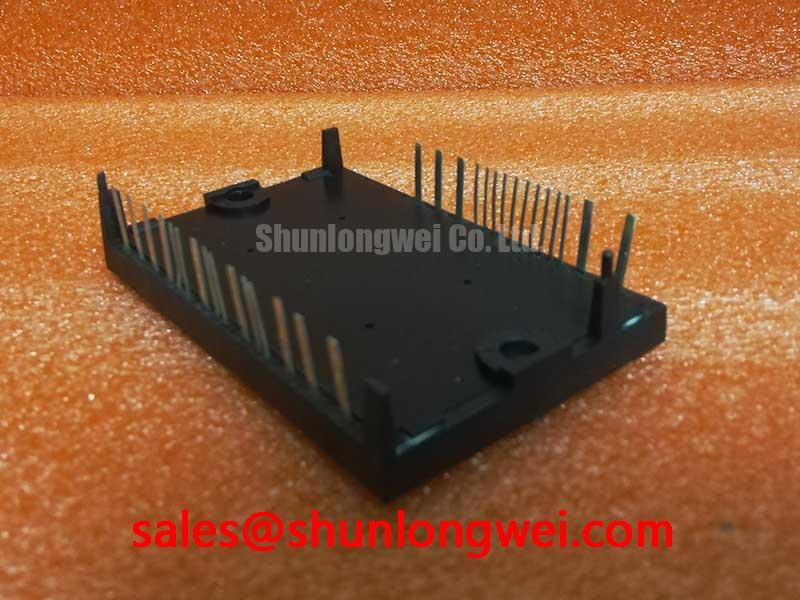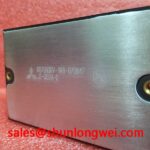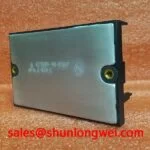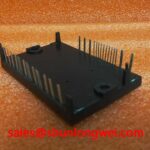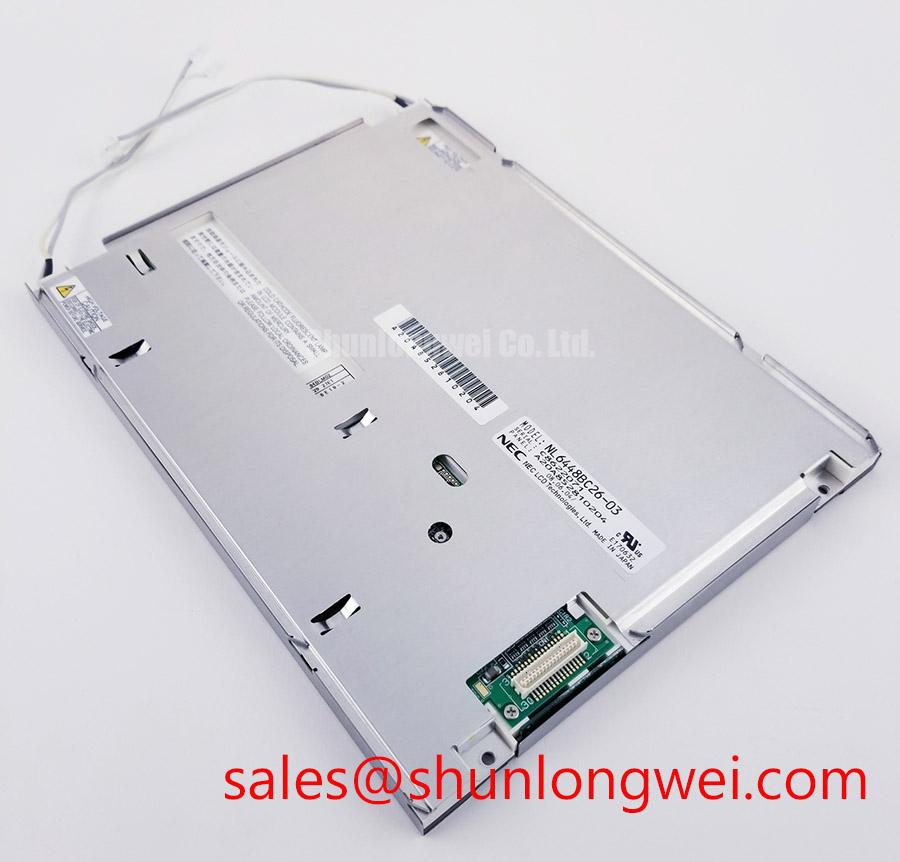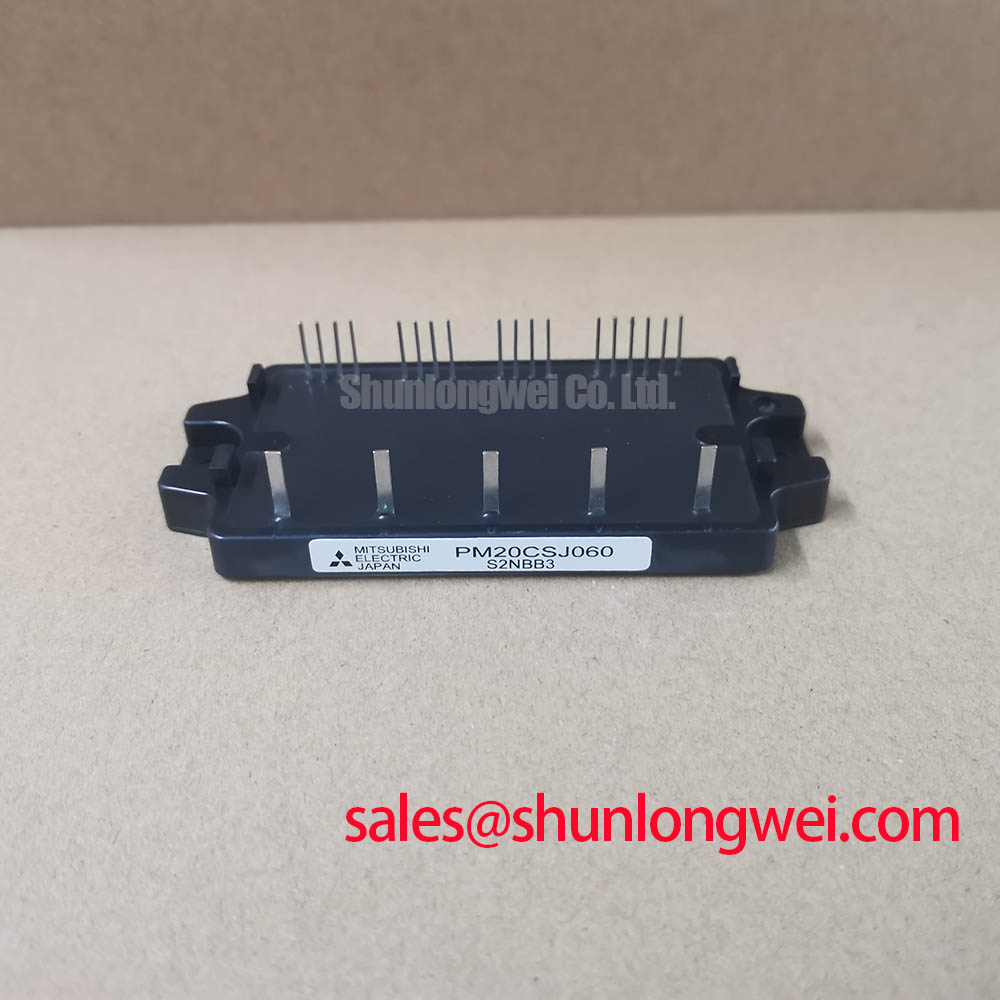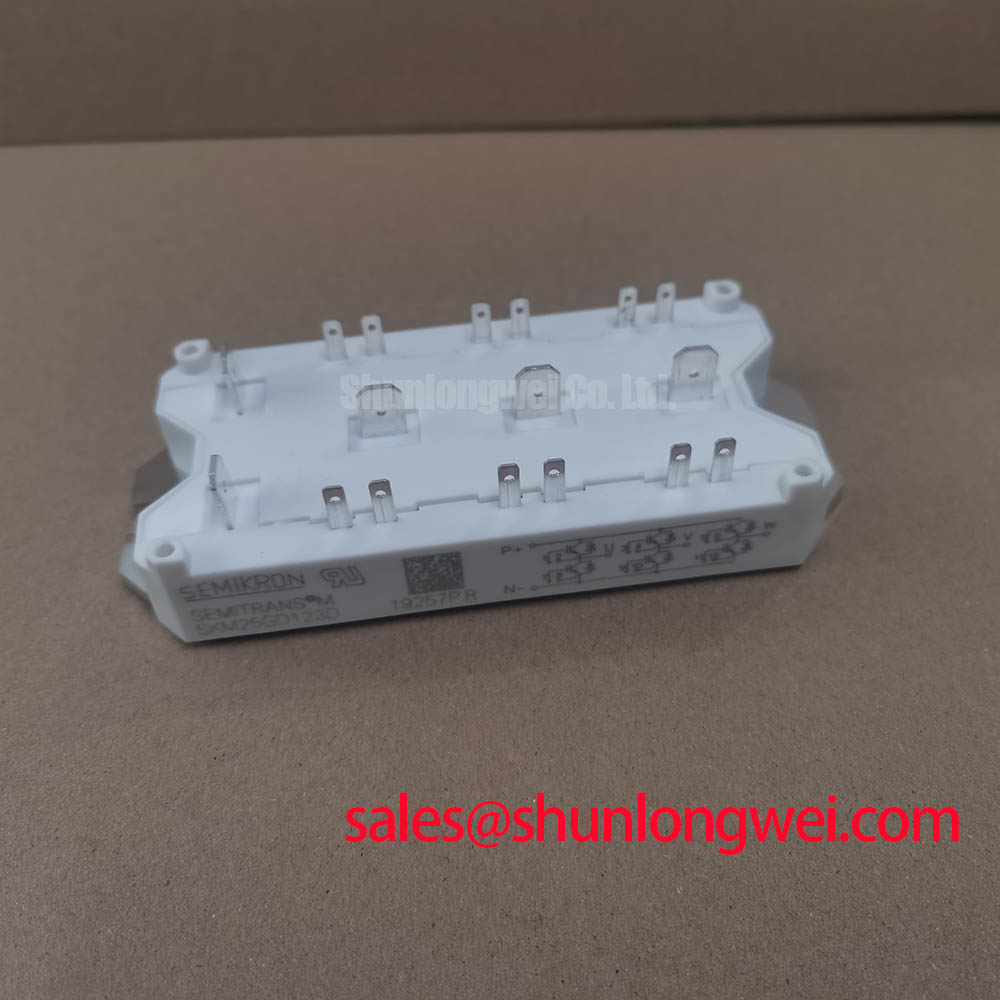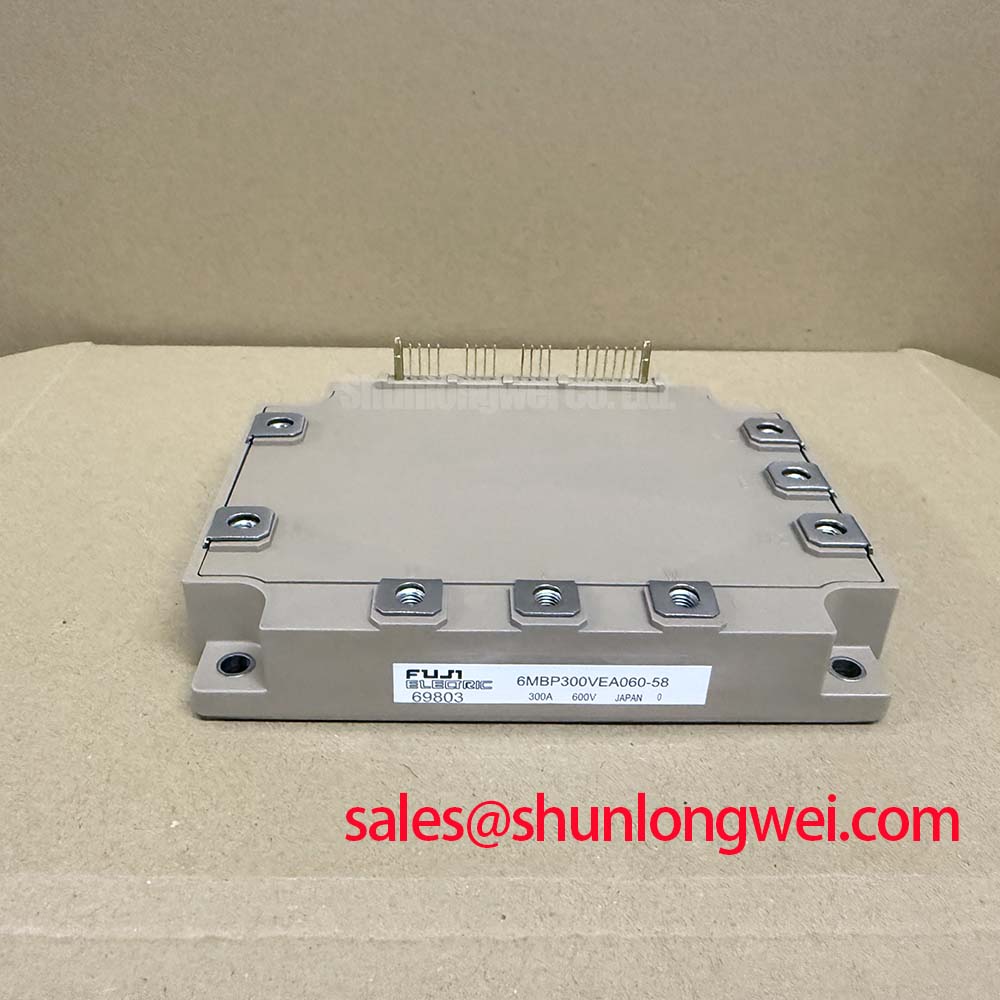Mitsubishi J2-Q02A-D Power Supply Unit: An Engineer's Guide to Regenerative Control and System Efficiency
The Mitsubishi J2-Q02A-D is an intelligent power supply unit engineered to optimize the performance and energy consumption of AC servo systems. Delivering a stable DC bus voltage from a 200-230V AC input, its primary value lies in an integrated power regeneration circuit that captures and reuses braking energy, significantly reducing operational costs and thermal waste. Key specifications include: 200-230V 1-Phase/3-Phase AC Input | 270-311V DC Output | 25W Allowable Regenerative Power. This unit provides the dual benefits of lower energy consumption and reduced system heating. For automated systems with frequent acceleration and deceleration cycles, the J2-Q02A-D's regenerative capability offers a direct path to enhanced efficiency and a lower total cost of ownership. For compact, multi-axis servo systems prioritizing energy efficiency, this 200V class power supply is the optimal choice.
Application Scenarios & Value
Achieving System-Level Benefits in High-Cycle Automation
The Mitsubishi J2-Q02A-D power supply unit is engineered for dynamic, high-cycle motion control applications where efficiency and reliability are paramount. Its design provides significant value in environments characterized by repetitive start-stop, acceleration, and deceleration sequences. What is the primary benefit of its power regeneration? Enhanced energy efficiency by capturing and reusing motor braking energy, which would otherwise be dissipated as heat.
- CNC Machining & Metal Forming: In machine tools, frequent changes in spindle speed and axis direction generate substantial braking energy. The J2-Q02A-D captures this energy, feeding it back into the system to reduce overall power draw from the mains. This translates to lower utility costs and a reduced thermal load within the control cabinet.
- Robotics and Automated Assembly: Pick-and-place robots and conveyor systems execute thousands of cycles per hour. The integrated dynamic brake ensures rapid and precise stopping, while the regenerative function recycles the energy from each deceleration, improving the system's energy footprint.
- Packaging and Material Handling: The sine-wave PWM control ensures a clean power supply to the connected servo amplifiers, minimizing harmonic distortion. This is critical for maintaining the operational integrity of sensitive electronic components often found in complex packaging machinery, contributing to greater system uptime.
By integrating these features, the J2-Q02A-D moves beyond a simple power supply to become a core component for energy management, enabling the design of more efficient, compact, and cost-effective automation systems. For systems requiring precise control of higher-power servo motors, the related intelligent power module PM150CVA120-2 provides a robust solution for the drive stage.
Technical Deep Dive
A Closer Look at Regenerative Braking and Power Quality
The engineering behind the Mitsubishi J2-Q02A-D focuses on two critical aspects of modern servo system design: energy management and power quality. The unit's standout feature is its integrated regenerative capability, which functions much like the KERS (Kinetic Energy Recovery System) in a Formula 1 car. When a servo motor decelerates, it acts as a generator, converting kinetic energy back into electrical energy. Instead of dissipating this energy as heat through a large braking resistor—akin to hitting the mechanical brakes—the J2-Q02A-D captures this power and uses it to help sustain the DC bus voltage for other axes or reduces the draw from the AC mains. This process is crucial for improving the wall-plug efficiency of the entire machine.
Furthermore, the unit employs a Sine-wave PWM (Pulse Width Modulation) control method. This is a significant factor in maintaining high power quality. Think of it as a sophisticated noise-canceling technology for the electrical line. It shapes the input current into a clean sine wave, drastically reducing the emission of harmonic noise back onto the power grid. This helps prevent interference with other sensitive equipment and ensures compliance with stringent power quality standards like IEC 61000-3-2. This dual-focus on energy recovery and power purity makes the J2-Q02A-D a strategic component for engineers designing high-performance, compliant, and efficient motion control systems. For further reading, an understanding of the components within the drives themselves, such as those discussed in the role of IGBTs in robotic servo drives, can provide valuable system-level context.
Key Parameter Overview
Decoding the Specs for System Integration
The technical specifications of the J2-Q02A-D are tailored for seamless integration into 200V-class AC servo systems. The parameters below detail its power handling, control interfaces, and protective features, providing the necessary data for system architects and control engineers.
| Parameter Category | Specification | Value | Engineering Significance |
|---|---|---|---|
| Power Input | Rated Input Voltage | 1-Phase/3-Phase 200-230V AC, 50/60Hz | Provides flexibility for deployment in various industrial power environments. |
| Permissible Voltage Fluctuation | 1-Phase/3-Phase 170-253V AC | Ensures stable operation even with significant line voltage variations, enhancing system robustness. | |
| Permissible Frequency Fluctuation | ±5% | Guarantees reliable performance in areas with less stable power grids. | |
| Power Output | Output Voltage | 270-311V DC | Delivers a stable DC bus voltage required for high-performance operation of connected servo amplifiers. |
| Rated Output Current | 1.1A | Defines the continuous current capacity for supplying multiple servo drives. | |
| Regenerative & Braking | Allowable Regenerative Power | 25W | Specifies the continuous power the unit can absorb from decelerating motors, directly impacting energy savings. |
| Built-in Dynamic Brake | Yes | Provides an internal path for heat dissipation during emergency stops or when regenerative capacity is exceeded, ensuring safe deceleration. | |
| Environmental | Ambient Temperature | 0 to 55°C (non-freezing) | Defines the operational temperature range, suitable for typical industrial control cabinet installations. |
Note: The values presented are based on the product information leaflet. For comprehensive electrical characteristics, installation requirements, and performance curves, consulting the official documentation is essential.
Frequently Asked Questions (FAQ)
What is the primary function of the Mitsubishi J2-Q02A-D?
The J2-Q02A-D is a power supply and regeneration unit designed for Mitsubishi's MELSERVO-J2-Super series AC servo systems. It converts incoming AC power to a stable DC voltage to power multiple servo amplifiers and uniquely captures braking energy from decelerating motors to feed it back into the system, increasing overall energy efficiency.
Can the J2-Q02A-D be used with a single-phase power source?
Yes, the specifications confirm that the J2-Q02A-D is compatible with both 1-phase and 3-phase AC power sources within the 200-230V range, offering flexibility for different industrial wiring setups.
How does the built-in dynamic brake differ from the regenerative function?
The regenerative function is the primary method for handling braking energy, converting it back to usable electricity for efficiency. What happens if the motor brakes too hard? The built-in dynamic brake acts as a safety overflow, dissipating any excess energy that the regenerative circuit cannot handle (e.g., during a rapid emergency stop) as heat, protecting the system from over-voltage conditions.
For a deeper understanding of the power electronics at the heart of servo systems, resources from manufacturers like Mitsubishi Electric provide valuable insights into the underlying technologies.
To discuss your specific system requirements or to obtain further technical information on the J2-Q02A-D power supply unit, please contact our technical sales team for expert guidance.

